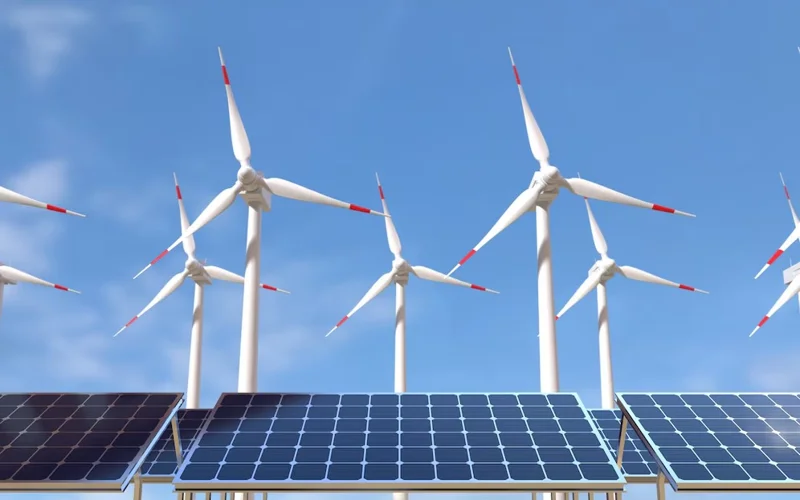India surpasses 51% green energy capacity and meets COP26 target five years early
India has reached a historic energy milestone, with over half of its installed power capacity now coming from non-fossil fuel sources. As of 30 September 2025, the nation’s total electricity capacity reached 500.89 GW, of which 256.09 GW – or 51 per cent – is generated from renewable, hydro and nuclear energy, TV BRICS reports.

According to the Ministry of Power, this achievement underscores India’s rapid transition toward a sustainable, self-reliant energy future. Fossil fuels, primarily coal, currently contribute 244.80 GW, or 49 per cent, reflecting a balanced yet shifting energy mix.
Solar power continues to drive this growth, accounting for 127.33 GW of installed capacity, followed by wind at 53.12 GW. Between April and September 2025 alone, India added 28 GW of clean energy capacity compared with just 5.1 GW from fossil sources, highlighting the accelerating pace of green energy deployment.
A record-breaking moment occurred on 29 July 2025, when renewable sources met 51.5 per cent of India’s total electricity demand of 203 GW. Solar energy supplied 44.5 GW, wind 29.89 GW, and hydropower 30.29 GW – marking the first time that more than half of the nation’s power came from green sources in a single day.
Officials noted that this transition not only strengthens energy security and grid stability but also generates significant employment in renewable technology, manufacturing, and infrastructure. The milestone reinforces India’s position as a global leader in clean energy transformation and climate action.
As reported previously, India has climbed to the ninth place in the world for total forest area, marking a significant achievement in global environmental conservation, according to the Global Forest Resources Assessment (GFRA) 2025 released by the Food and Agriculture Organisation (FAO).
